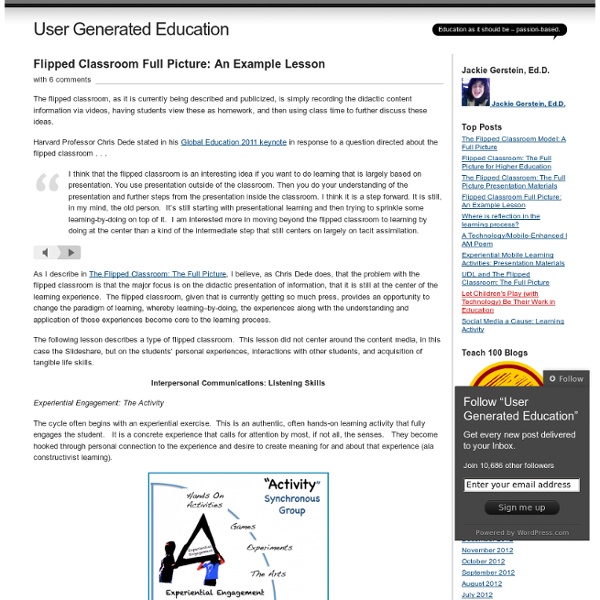Flipped Classroom Full Picture: An Example Lesson

Online Course Lady: Writing with Aesop
"The world shapes and is to be shaped"
I’ll be posting more of the models to this blog on Monday. I need to bring my camera into the office to take photos of your projects. As part of her final project, Lara made a pair of spidernet maps of Alison Bechdel’s Fun Home . The one on the left traces formal patterns and the one on the right thematic patterns. Here’s the prompt for the assignment Choose the single most interesting panel from chapters 3-4 of Maus , then write a short paragraph explaining what’s interesting about it. Here’s another example of a visualization that probably does not really help you directly in thinking about how you can fulfill the assignment for Fun Home , but it’s a really fantastic lecture and an interesting example of visualizing an argument. If you like that, you may want to check out Robinson’s TED Talk from 2006, in which he argues that schools kill creativity and calls for a “new conception of human ecology.” Do y’all read xkcd ? In particular, you might want to check out these: Due Dec. 2
» Assignments "The world shapes and is to be shaped"
Due Dec. 2 For your final assignment of the semester, you will construct a map of Alison Bechdel’s Fun Home , explain the process that leads you to create the sort of map that you do, and then begin to explain what your map allows us to see. First, a bit of background. What do literary maps do . . . Moretti is not implying “that the map is already an explanation” but that “at least it shows us that there is something that needs to be explained .” (84). Notice, then, that a “map” as I’m using the term here is not really a cartographic map–the last thing I want is a faithful map of all the “places” in the novel. There are a number of ways to approach this inquiry. Whatever form your “map” takes, be sure to include a legend or key that explains the information represented. Once your map and legend are complete, you can turn to the next part of the inquiry. 4 pages Due Monday, 11/14 Submit the file as a .pdf in your dropbox foler. For this essay, you do not need an introduction paragraph.
BBC Radio 4 Programmes - Tales from the Digital Archive
Fair use of copyrighted materials
Fair use of copyrighted materials Intro | First steps | Quick guides to fair use in context | Four-factor test | Permission What is fair use? For those of us who would appreciate a clear, crisp answer to that one, we're in luck. The Center for Social Media and Washington School of Law at American University are sponsoring development of a growing number of Fair Use Best Practices statements that inform a fresh approach to the subject and make it easier than ever to know what's fair. The Best Practices statements follow recent trends in court decisions in collapsing the Fair Use Statute's four factors into two questions: Is the use you want to make of another's work transformative -- that is, does it add value to and repurpose the work for a new audience -- and is the amount of material you want to use appropriate to achieve your transformative purpose? But what if your purpose is not transformative? Don't forget, however, that fair use exists within a larger context. First steps 1. 2. 3.
Related:
Related:



